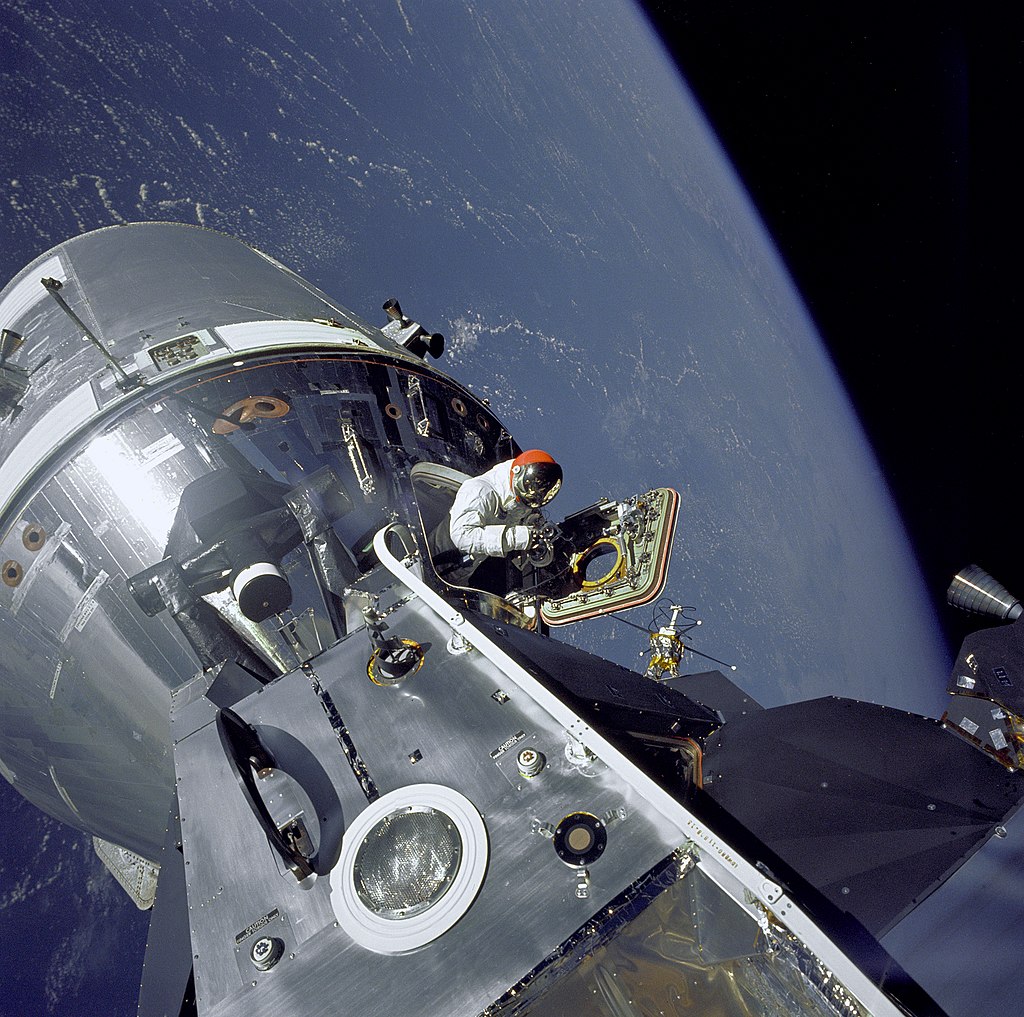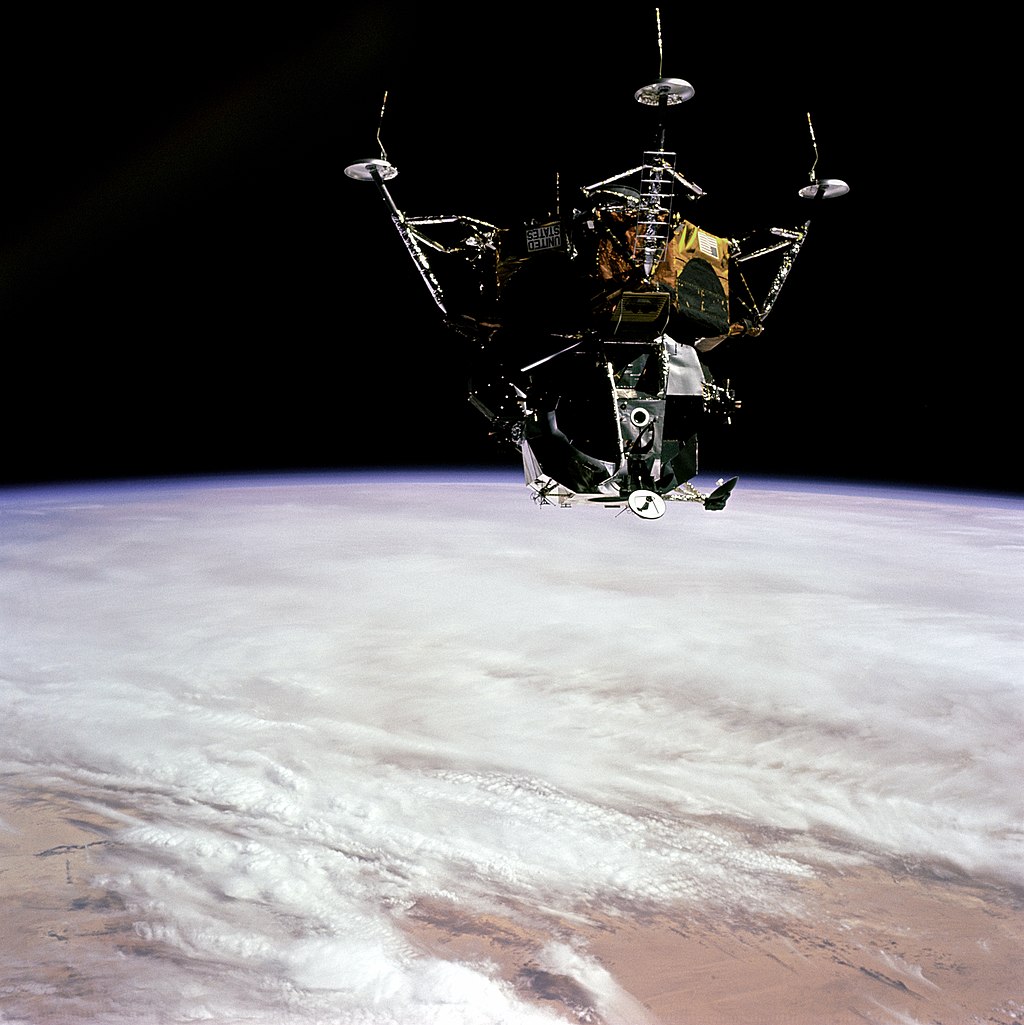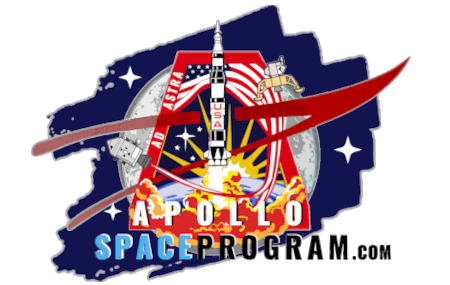Apollo 9 was the third manned mission in the United States’ Apollo program, launched in March 1969. The mission was crewed by astronauts James McDivitt, David Scott, and Russell Schweickart, and was the first test flight of the lunar module, the spacecraft that would eventually be used to land humans on the moon.


The mission was launched from the Kennedy Space Center in Florida and spent 10 days in Earth orbit, during which the crew tested the lunar module’s systems and conducted scientific experiments. The lunar module, called the “Spider,” was separated from the command module and flown to a distance of about 9 miles (15 kilometers) from the command module, before returning and docking again.

Astronaut Russell L. Schweickart, lunar module pilot, operates a 70mm Hasselblad camera during his extravehicular activity on the fourth day of the Apollo 9 earth-orbital mission. The Command/Service Module and the Lunar Module 3 “Spider” are docked. This view was taken form the Command Module “Gumdrop”. Schweickart, wearing an Extravehicular Mobility Unit (EMU), is standing in “golden slippers” on the Lunar Module porch. On his back, partially visible, are a Portable Life Support System (PLSS) and an Oxygen Purge System (OPS). Film magazine was A,film type was SO-368 Ektachrome with 0.460 – 0.710 micrometers film / filter transmittance response and haze filter,80mm lens.
The mission was a major step forward in the Apollo program and helped to pave the way for the subsequent Apollo 11 mission, in which Neil Armstrong and Edwin “Buzz” Aldrin became the first humans to set foot on the moon. The success of the Apollo 9 mission was a key milestone in the United States’ efforts to land humans on the moon.

